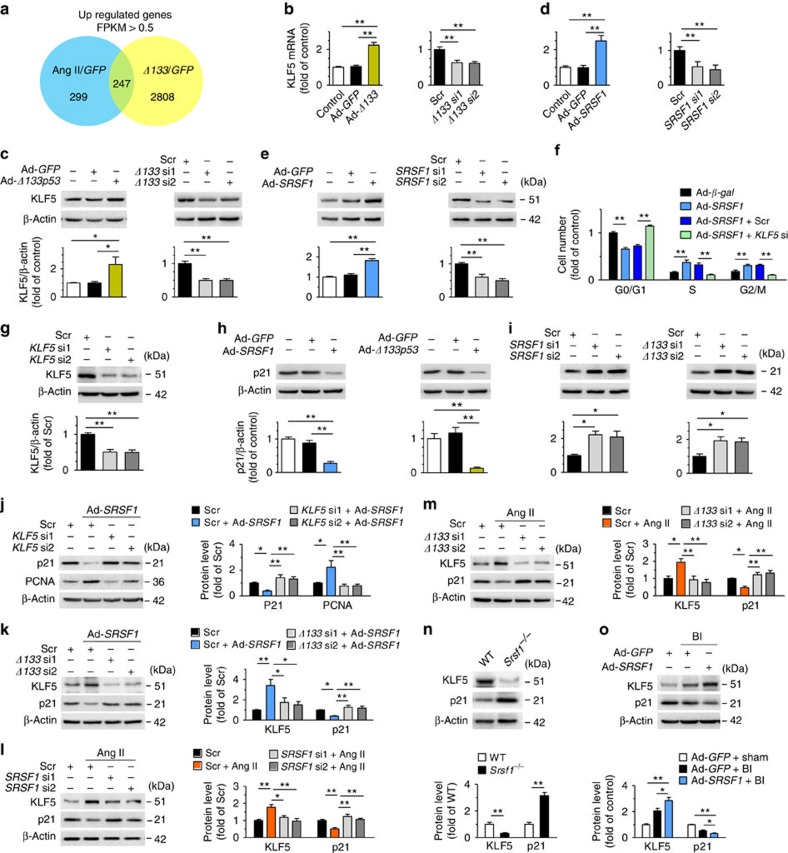Figure 7. SRSF1 promotes VSMC proliferation via KLF5–p21 signal.
(a) Venn diagram of modulated genes in HASMCs overexpressing Δ133p53 and treated with Ang II, showing 247 genes that fit the criteria of >0.5 FPKM (fragments per kilobase of exon per million fragments mapped) and an adjusted P-value of <0.05 (Wald tests implemented in the DESeq R package), commonly modulated in both conditions. (b,c) The mRNA levels (b) and protein abundance (c) of KLF5 in HASMCs with Δ133p53 overexpression or Δ133p53 knockdown; n=7–8 per group. (d,e) KLF5 expression in HASMCs with SRSF1 overexpression or SRSF1 knockdown at mRNA level (d) and protein level (e); n=6 per group. (f) Cell-cycle distributions in HASMCs infected with Ad-SRSF1 in the absence or presence of KLF5 siRNA stimulated with Ang II (200 nM) for 24 h; n=9 per group. (g) KLF5 siRNAs (KLF5 si1 and KLF5 si2) knock down KLF5 protein in HASMCs; n=8 per group. (h) Expression of p21 in HASMCs infected with Ad-SRSF1 or Ad-Δ133p53; n=5 per group. (i) p21 levels in HASMCs with SRSF1 knockdown or Δ133p53 knockdown; n=7 per group. (j) PCNA and p21 levels in HASMCs infected with KLF5 siRNAs in the absence or presence of Ad-SRSF1; n=7 per group. (k) KLF5 and p21 levels in HASMCs infected with Δ133p53 siRNAs (Δ133 si1 and Δ133 si2) in the presence or absence of Ad-SRSF1; n=7 per group. (l,m) KLF5 and p21 levels in cultured HASMCs infected with SRSF1 siRNAs (l) or Δ133p53 siRNAs (m) after Ang II stimulation (200 nM, 24 h); n=5–7 per group. (n) KLF5 and p21 levels in the arteries from Srsf1−/− or WT control mice; n=7 per group. (o) KLF5 and p21 levels in rat carotid arteries transfected with Ad-SRSF1 1 week after balloon injury; n=10 per group. Scr indicates scrambled siRNA control; BI, balloon injury. *P<0.05, **P<0.01, one-way ANOVA (b–f,h–m,o) or Student’s t-test (n). Data are mean±s.e.m. of four (b,d) or five (c,e–o) independent experiments.

